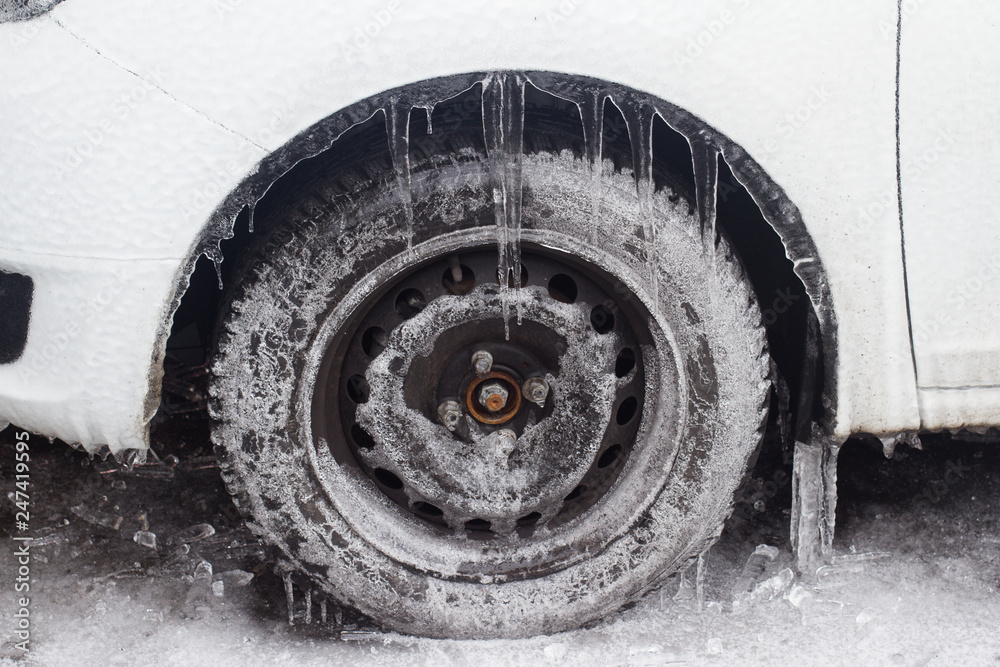Since the 1990s, people have broadened their exploration in the field of aerospace and gradually deepened. With the development and progress of aircraft, the performance requirements of sealing materials used on aircraft are becoming more and more strict. To improve the physical performance and service performance of oil products, the amount and components of additives in fuel and hydraulic oil are becoming more and more complex, but the sulfur, phosphorus, amine, and other compounds and peroxide components contained therein will cause great damage to the performance of rubber products. The complex medium environment puts forward more stringent requirements for the oil resistance of seals: in addition, with the increase of flight altitude, In the harsh environment at high altitude, the sealing material is also required to have good low-temperature resistance. Because the temperature decreases by 0.6 ℃ every 100 meters above sea level. Based on the ground temperature of 20 ℃, the temper ature at 10000 meters above sea level is about – 40 ℃, which requires that aviation seals do not embrittle at this temperature. Therefore, the rubber materials used in aviation must meet the multiple performance requirements under complex service conditions.
The cold resistance of rubber refers to the performance that the rubber maintains its original elasticity without embrittlement and has the ability of normal use under low-temperature conditions. For the cold resistance of vulcanizates, It must be divided into two categories according to whether the rubber can crystallize: glass transition temperature (T and brittleness temperature can only be used to express the cold resistance of those noncrystallized rubber; for those crystallizable rubber, this method is meaningless because of the influence of crystallization. When the temperature is higher, the rubber has become hard and brittle, although it is very low, it has lost practical value. The minimum service temperature of this kind of rubber should take into account the crystallization factor under storage and service conditions. And, Suconvey Rubber is the Silicone rollers manufacturer from China, if you have any questions, Contact us feel free.
Noncrystalline rubber, can rely on and represent the lowest limit temperature of rubber. Because polymer compounds are composed of multiple repeating units, they have the characteristics of large molecular weight and long molecular chains. The structure and movement ability of the molecular chains will have a great impact on the properties of polymers. According to the motion state of molecular chain at different temperatures, amorphous polymers can be divided into three states: glass state, high elastic state, and viscous flow state. Rubber materials usually have use-value only in the high elastic state. At the same time, to maintain good elasticity, rubber is required not to enter the glass state, and the phase transition between the glass state and the high elastic state occurs in a certain temperature range. In fact, within this temperature, the movement ability of some molecular chains has decreased, a certain degree of “freezing” phenomenon has occurred, and some regions begin to harden. The glass transition temperature indicates the lowest temperature at which the rubber has elasticity. When the temperature is lower, the rubber immediately enters the glass state, and the material completely hardens and becomes brittle, and loses its use value; while the brittle temperature is the highest temperature at which the rubber cracks under the condition of impact, that is when the temperature is higher than this temperature, the rubber is in the high elastic state and still has good service performance. Therefore, it is more appropriate to characterize the cold resistance of rubber. Of course, the evaluation is subjective and prone to bias. In recent years, Jimen torsion and retraction and other low-temperature testing instruments have also been more and more used.
The cold resistance of rubber mainly depends on the movement ability of the rubber macromolecular chain, and the flexibility of the molecular chain is an important property to evaluate its movement ability. Therefore, from the structure of rubber itself, all factors affecting the flexibility of the molecular chain (main chain structure and side group properties, etc.) will affect the cold resistance of rubber.
The low-temperature properties of rubber products are mainly related to the composition and structure of macromolecular chains. Therefore, some rubbers (BR, NR, MVQ, etc.) with isolated double bonds or ether bonds in the main chain usually have good low- temperature resistance due to good molecular flexibility and high symmetry of molecular structure; For the rubber with polar side groups and no isolated double bonds in the main chain, the cold resistance is the worst because of the strong intermolecular interaction and the weak movement ability of the chain segment; For NBR and Cr containing nitrile and halogen atoms in general rubber, due to the isolated double bond on the main chain, it compensates the lack of exercise ability brought by polarity to a certain extent, so the cold resistance is between the two . Generally speaking, the cold resistance of rubber with low molecular weight and wide distribution is relatively good, because the low molecular weight will increase the proporti on of chain ends and increase the degree of freedom, and the low molecular weight part can play a good plasticizing effect on rubber, Read more.















